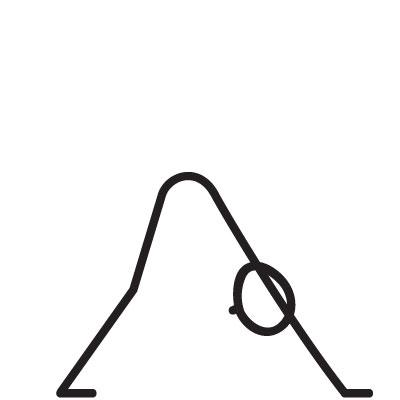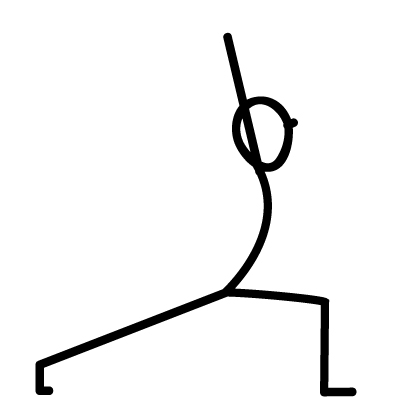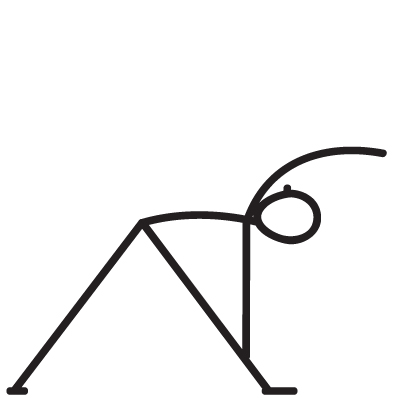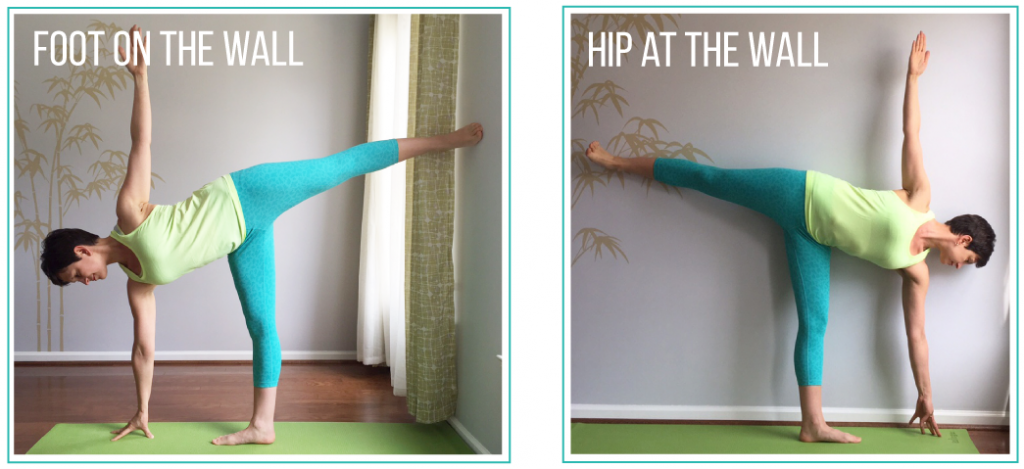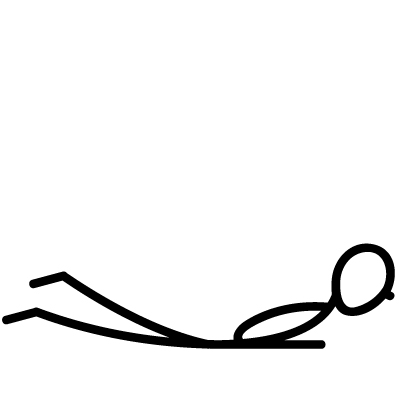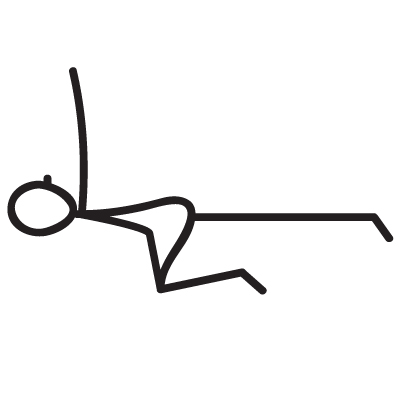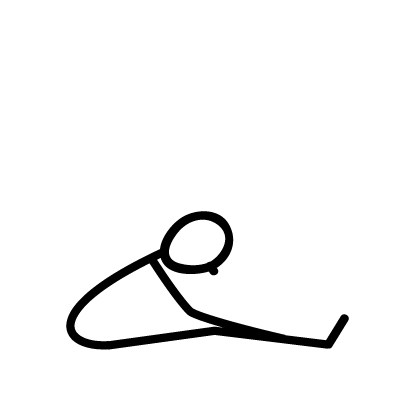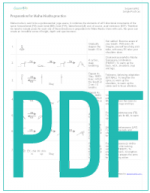Pose recipes: Ardha Chandrasana (Half Moon Pose)
Half moon pose is a very effective balancing pose that can be easily adapted to different physical abilities. Like any balance pose, it helps increase strength and stability throughout the body, improve overall structural integration, improve our ability to focus and bring about a sense of accomplishment.
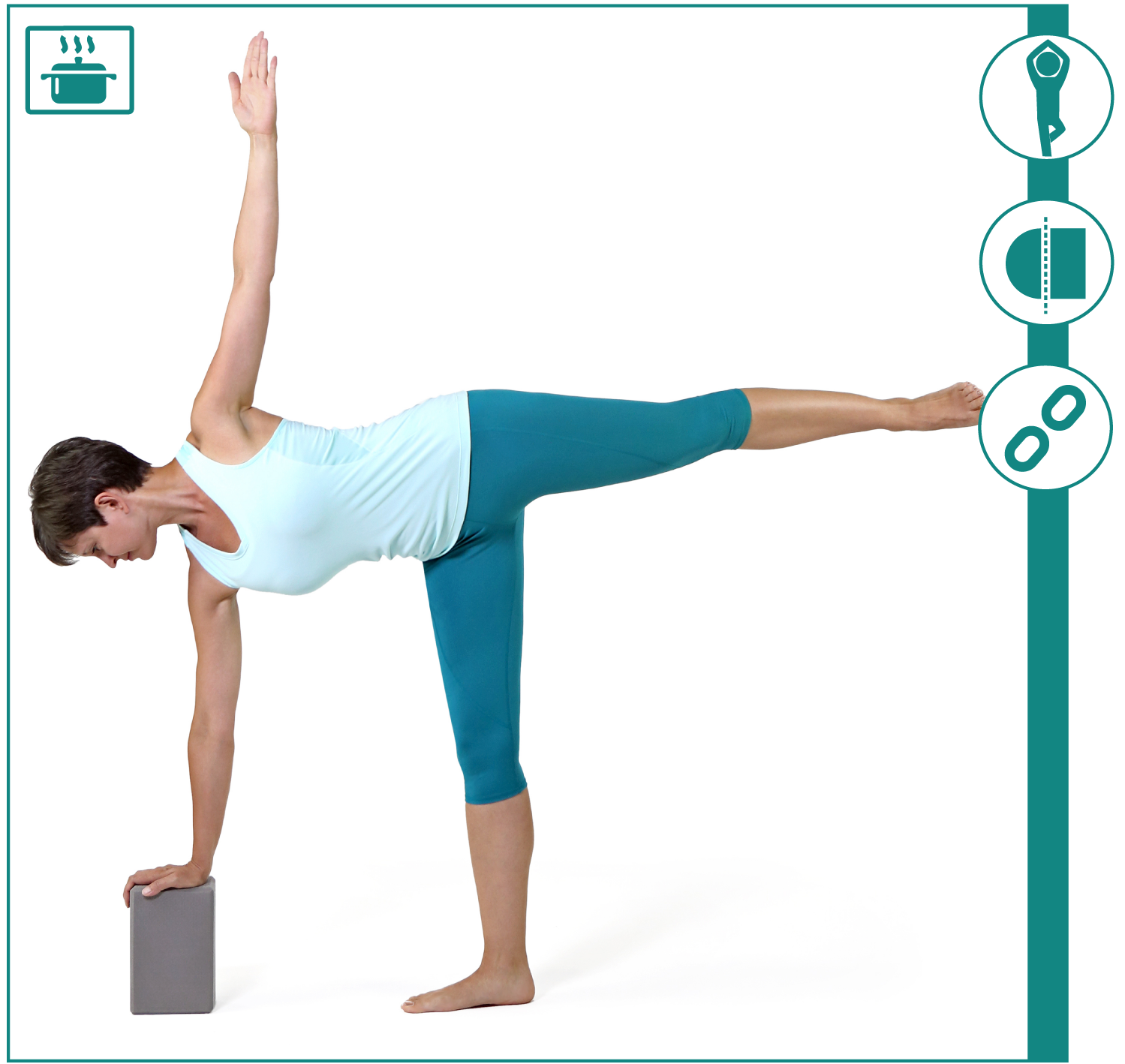
From the structural standpoint this pose is very useful in strengthening the hips and legs in addition to challenging balance. All the muscles of the standing leg are involved in supporting the weight of the body, while the abductors of the raised leg have to work hard to keep it up. Abductor weakness is a common problem for many of us, which can lead to hip pain, instability and trouble with walking. That is why we need to regularly attend to the adductor/abductor relationship to make sure that we maintain balanced muscular development in the hips.
Another important aspect of the pose is the ability to keep the chest away from the navel (to avoid the rounding of the upper body forward). That is why we need to include back bends when we prepare for this pose, as well as other movements that facilitate the widening and lifting of the chest.
Half moon pose requires different parts of the body to work together, because if they don’t we won’t be able to maintain balance. That is why it is very useful for working on whole body integration.
From the energetic standpoint this pose is meant to create a sense of spaciousness and radiance from the center out into the periphery. It is the ultimate manifestation of the movement of Vyana Vayu. Vyana vayu is one of the five major currents of prana that moves through the body and is responsible for distribution. It moves outward from the center in a radiating pattern. It is located in the heart and lungs and is involved in cardiac activity, circulation and voluntary nervous system. Using Half Moon pose along with similar poses that emphasize the expansion from the center outwards is effective in working with Vyana Vayu and giving students a sense of its movement.
Preparation (Examples of Core poses)
Goal pose
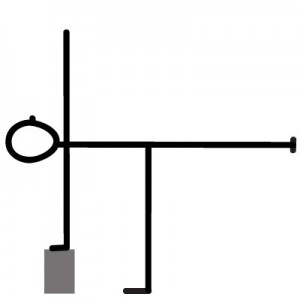 Ardha Chandrasana (Half Moon pose)
Ardha Chandrasana (Half Moon pose)
(Balance pose, asymmetrical, open-frame).
Turn your right foot our. Shift the weight of the body to your right foot and lift your left leg up. Place your right hand on a block or floor directly underneath your shoulder. Try to stack your hips on top of each other and shoulders on top of each other. Keep lifting your left leg up. Look up or down depending on how your neck feels (looking down is easier for balancing purposes).
Inhale: Stretch out away from your belly in every direction – along the spine, though both legs and both arms. Imagine your body radiating from the center.
Exhale: Hug the waist in from the front, sides and back creating stability in the center. Continue to breathe like that expanding on the inhalation and stabilizing on the exhalation. Try to keep the body in one plane and keep lifting your raised leg up.
Modifications
We can use a block or wall to both make the pose a bit less challenging and to emphasize different aspects of the pose.
Placing a hand on the block takes the pressure off the hamstrings and hip of the standing leg. It is easier for most people.
Placing the foot on the wall gives us a bit more support, while still challenging the balance, so this modification is useful for balance training, as well as all other physical challenges that the poses comes with.
Leaning the hip against the wall stabilizes the body, which means that we are no longer challenging our balance. This version is useful for beginners and in situations when we want to focus on other aspects of the pose, like leg strengthening, abductor strengthening, axial extension of the spine, chest opening, etc.
Compensation
Sprinkles (additional elements)
– To focus on the sense of spaciousness you can emphasize breathing practices with longer inhalation (ratios, krama inhale, etc.) and hold after inhale.
– You can include some work on Vyana vayu that moves from the center outwards.
– You can include meditations and visualizations that create a sense of radiance and carry that theme throughout the practice
– You can include sutra chanting to help develop a sense of stability and ease in the pose (below). You can find the sequence of this practice under Shared Sequences.

